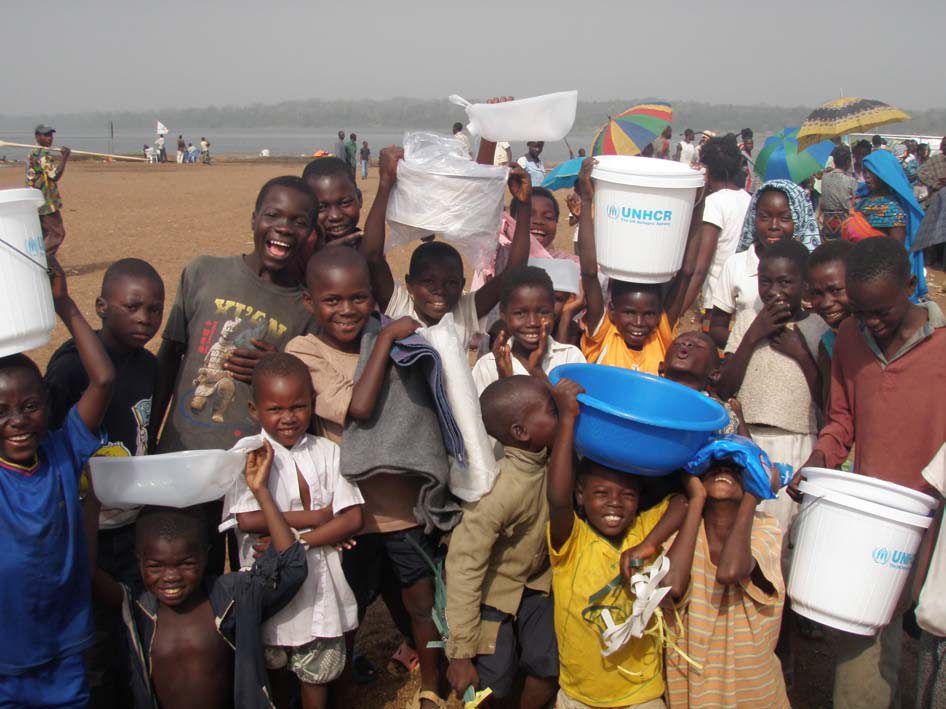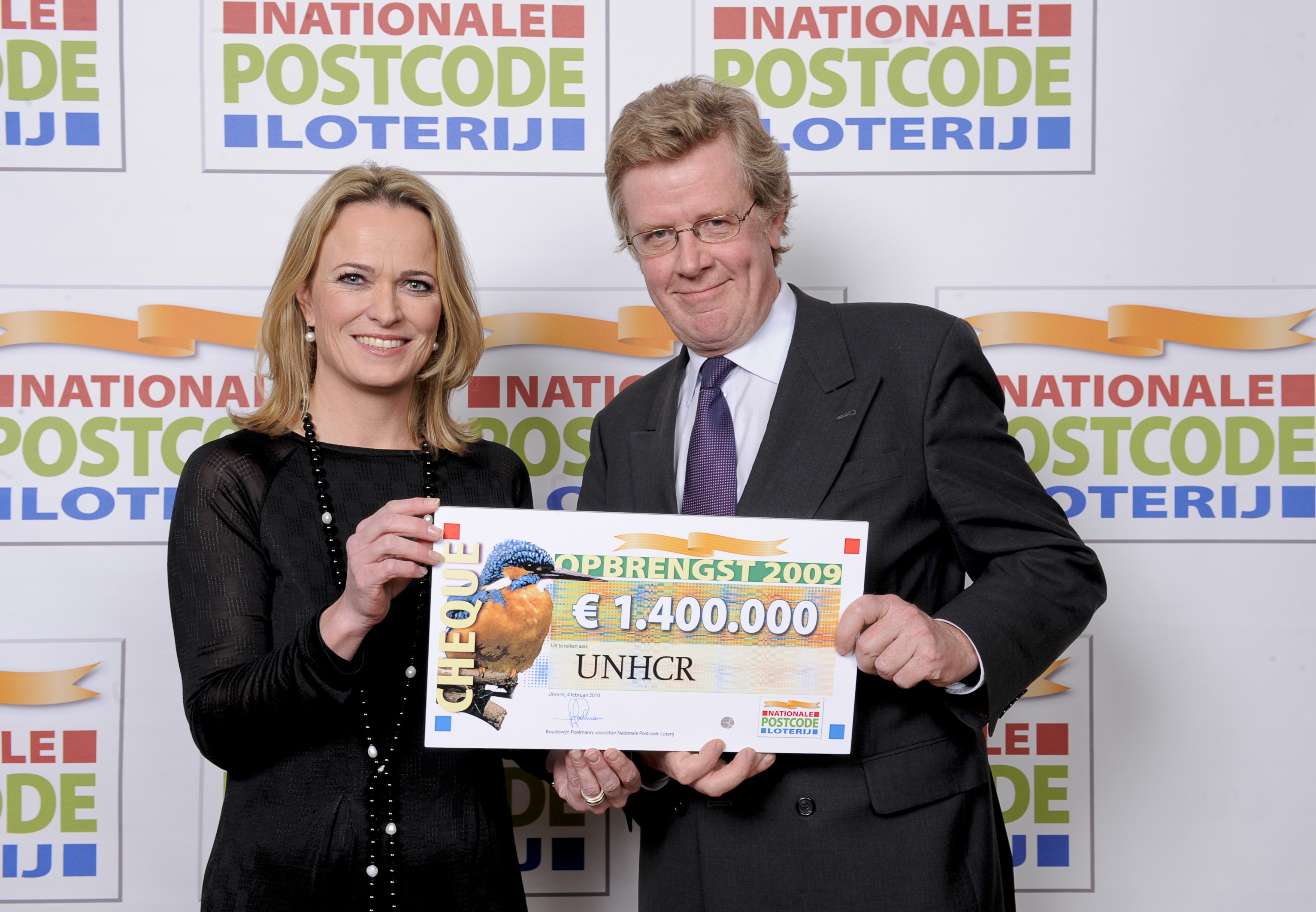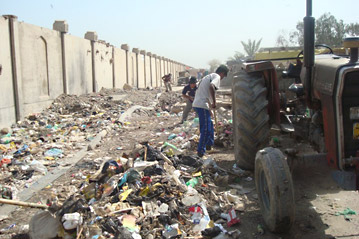Congolese march to Uganda: "Soldiers before us, death behind us"
Congolese march to Uganda: "Soldiers before us, death behind us"

NTOROKO, Uganda, May 21 (UNHCR) - As the last of the Uganda People's Defence Forces left the Congolese town of Bunia, Sylvain Yusuf and his family joined the human tide of frightened Congolese who fled the besieged town as fear and panic gripped the town's residents. They formed a long column behind the withdrawing troops who slowly made their way towards Kasenyi, a Congolese fishing village on the south-western shore of Lake Albert.
Many of the fleeing Congolese were afraid to face the aftermath of Uganda's troop withdrawal from the Ituri region of the Democratic Republic of the Congo (DRC) after nearly six years. Others were shaken by the gruesome massacres in the recurrent conflict that has pitted the minority cattle-keeping Hema community against the majority Lendu cultivators.
"People were being killed by the Lendu. They killed anyone they met, they did not choose," says Yusuf, a 17-year-old Hema schoolboy. "We could not stay in Bunia."
His cousin, Kodjo Bahati, 20, says he saw people killed before his own eyes. "They used machetes, spears and arrows. It was bad," says the Congolese youth who was set to finish his secondary school education next year. It was then that Bahati decided to leave Nyakunde, a village some 45 km from Bunia.
As they walked from Bunia to Kasenyi, 88 km away, Yusuf's family and many more like them stayed close behind the soldiers they had grown used to. When darkness fell during their three-day journey from Bunia, they camped with the soldiers on the outskirts of the troops' tented camp.
"Sometimes they gave us some of their food because they knew us and we knew them," recalls Yusuf. "It was not a difficult journey because we had the courage. The soldiers were in front of us and we knew there was death behind us."
Since the beginning of May, more than 20,000 refugees, mainly Hema and Alur, have been registered by authorities in villages in two western Uganda districts - Nebbi and Bundibugyo. In Nebbi - north of Lake Albert, which divides western Uganda and north-eastern DRC - many have joined relatives and friends as they wait for the situation at home to improve. In Bundibugyo, south of the lake, many of those arriving have remained in lakeside villages, too accustomed to life by the water to relocate to inland camps.
More are expected to arrive behind the last troops entering Uganda through Nebbi in the coming days.
Yusuf and his family arrived in Uganda in mid-May. They are now in Ntoroko, a bustling lakeside trading centre. Before the refugee influx, Ntoroko had a population of some 2,500 people. The new refugee influx has swelled the numbers nearly three-fold to 7,400, straining scarce resources in the small port. Local authorities say deteriorating sanitary conditions have caused one refugee to die from cholera and two others to be hospitalised.
Yusuf's parents have moved on to Karugutu, a Ugandan village several kilometres inland from Ntoroko. But the teenager prefers to remain close to the lake, where he and his cousins have been fishing for food and sleeping on the bare floor of shop verandas. Days have blended into nights and back into day, he says, digging holes for a shelter where he hopes to spend the night.
Local officials have set aside some parcels of land for refugees to construct temporary shelters. But Yusuf and his cousins complain that there are no shelter materials or tools to work with. They have asked for help but say that they do not want to leave the crowded village of Ntoroko for Kyaka II, an existing refugee settlement in south-western Kyenjojo district proposed by the government.
"When I stand here, I look to that side and I see Congo," says Yusuf, pointing towards the hills overlooking Lake Albert. "I will remain here until we can go back home."








